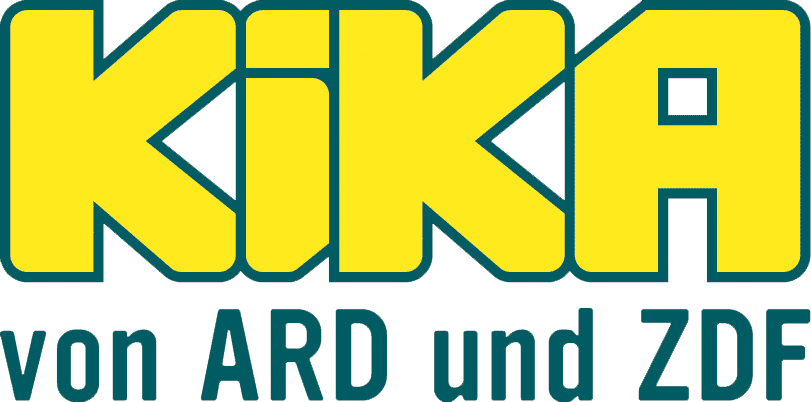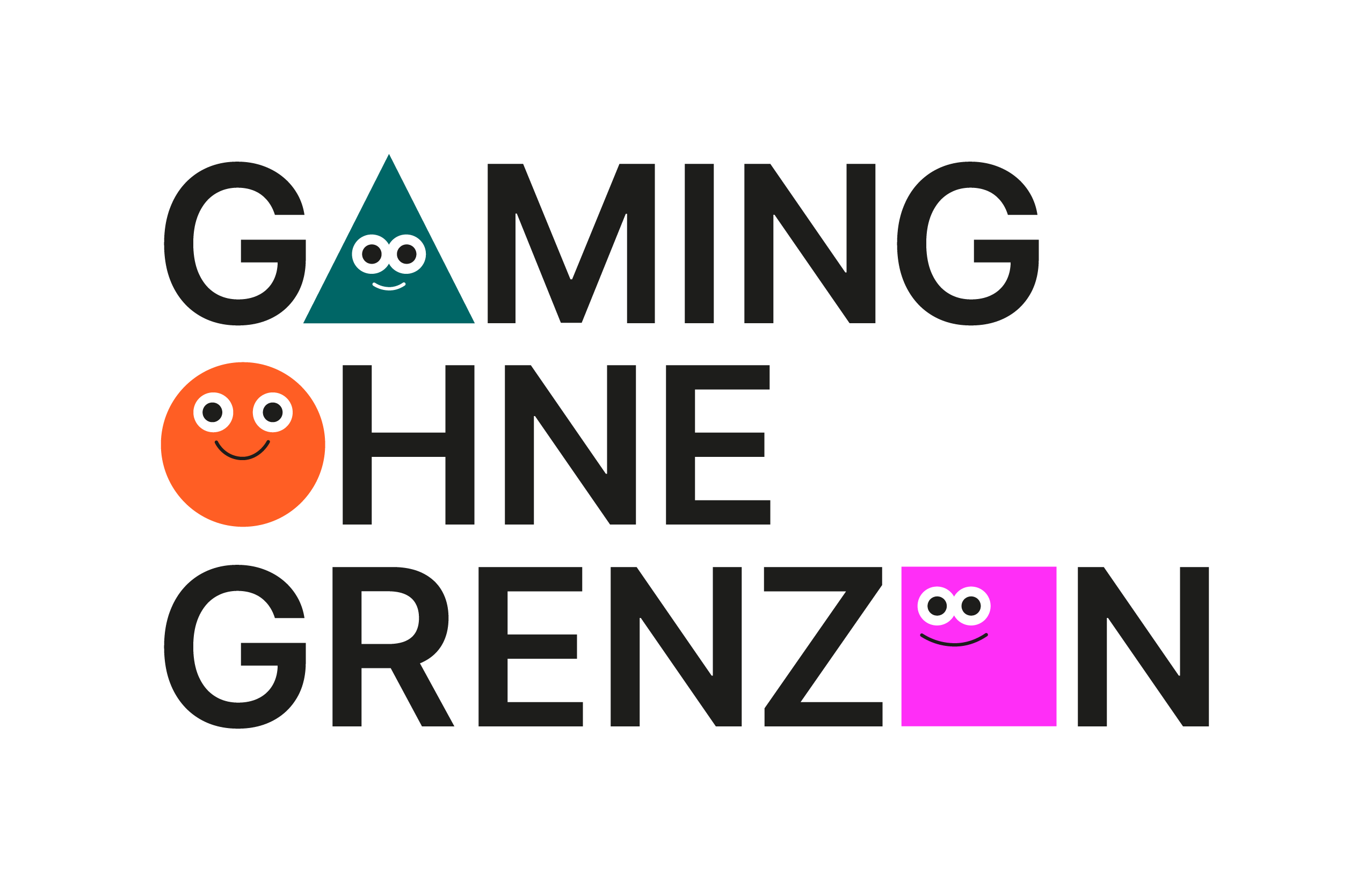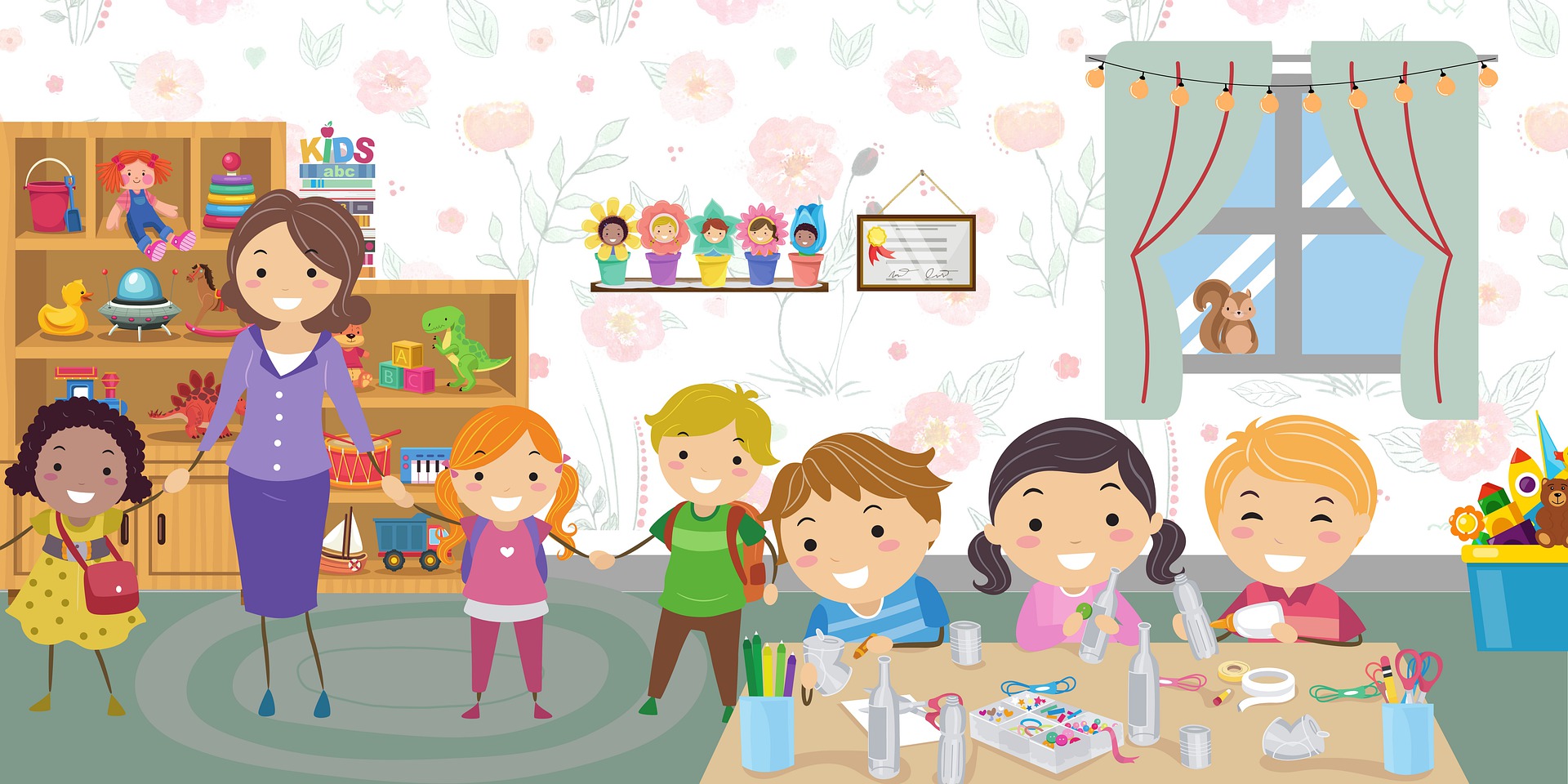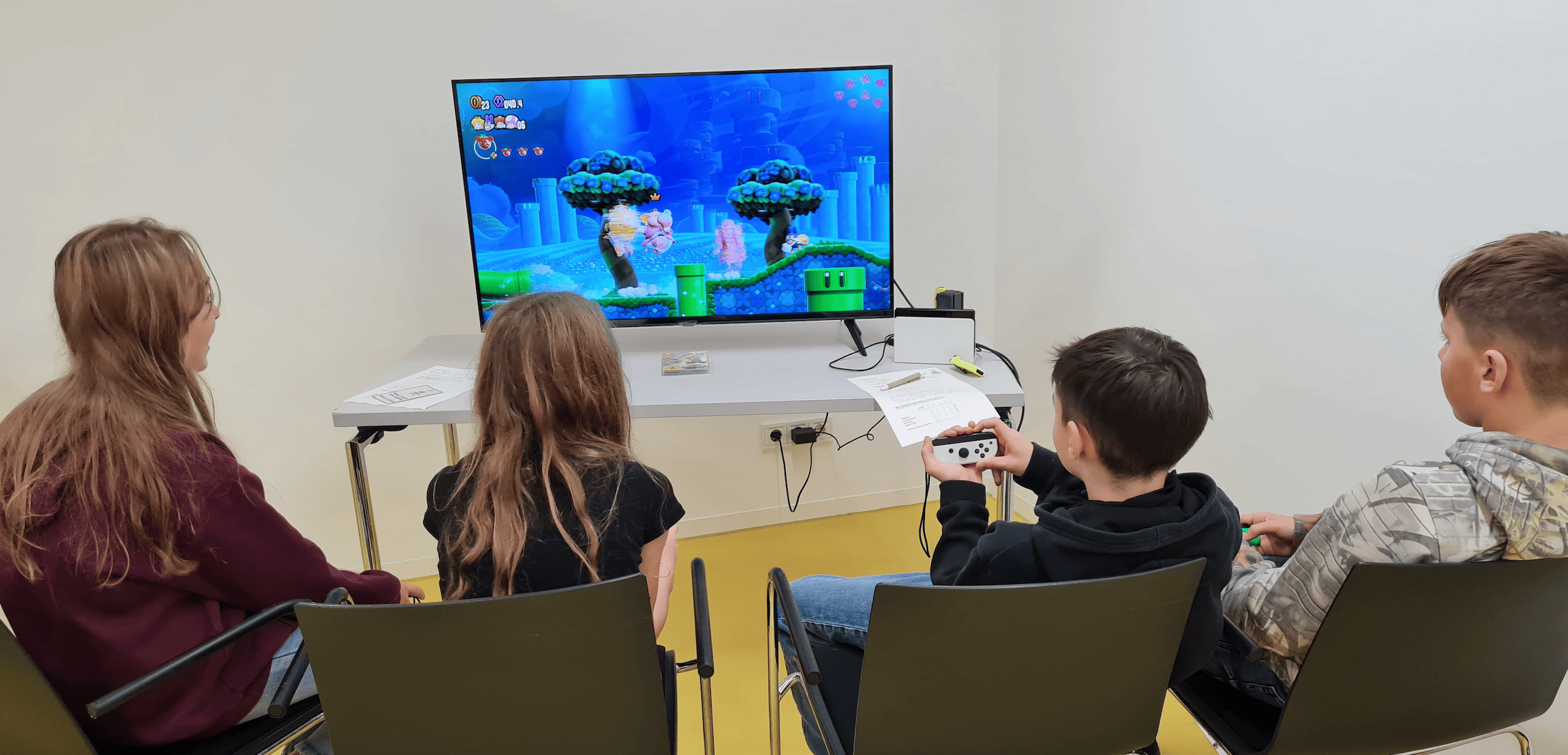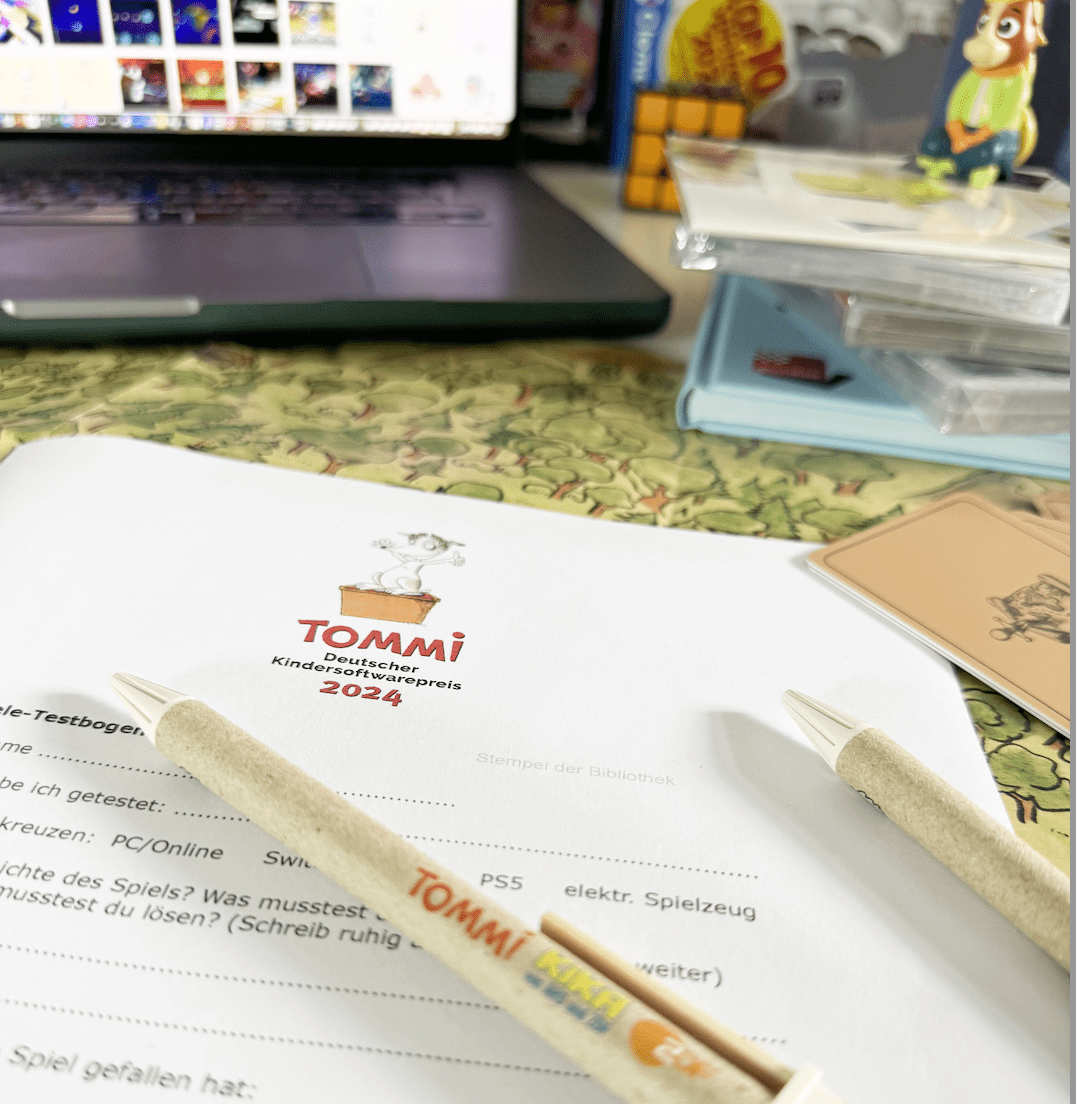Children's Software Prize 2025
TOMMI criteria catalog: Play Fun Category
| Subcategory | Criterion | Criterion description | Target group | Software type |
|---|---|---|---|---|
| Competencies | The software can be used even with little skill. | The software is fun even if a player has little skill or ability in one area. It does not require high reading ability, extensive language skills or special physical abilities such as good reflexes. | Children | Educational software, entertainment software |
| Control | The software is intuitive to use. | The children can operate the software without their parents. This creates a sense of independence. | Children, parents | All applications |
| Control | The game or toy works perfectly and has no bugs. | A non-functioning game or toy inhibits the fun of the game. There should be no bugs. | Children, parents, teachers, educators | All applications |
| Control | The controls are understandable and clear. | Control is not so complex that children can not retain it. | Children | All applications |
| Aids | There are aids that can be used to explain basic mechanics. | For basic mechanics, help texts or tutorials can be called. | Children | All applications |
| Aids | The instructions are explained step by step. | So that the child does not get confused, become unsettled or give up, the individual steps should be listed one after the other. This also serves a better overview and faster understanding. | Children | All applications |
| Aids | The instructions are as short as possible, so that children do not lose interest. | On the one hand, this is relevant when explanations and help are given within a software. On the other hand, it makes sense when preparatory work is necessary, such as when building electronic toys. In this case, the assembly instructions should not be too long, because the children's anticipation is quickly lost if the assembly takes too long. | Children | All applications |
| Aids | Assistance is offered before and during the completion of the tasks. | To ensure that children are not overwhelmed and do not lose motivation, help should be integrated in stages. This includes, for example, tutorials for the respective tasks. Even while completing the tasks, there must be an opportunity for the children to seek help again. | Children | Educational software, entertainment software |
| Aids | The software contains visual and/or audible aids. | Not every child learns in the same way and at the same speed. Therefore, it is even more important that the types of assistance vary, in that there are visual elements such as a picture or text, or auditory ones such as spoken words or sounds. | Children, parents, teachers, educators | All applications |
| Aids | Visual and/or acoustic aids do not interfere with the active flow of the game. | Assistance such as tips or jokers should be integrated into the flow of the game and not bring the player out, so as not to disrupt the fun factor. | Children | Educational software, entertainment software |
| Aids | The help is appropriate and adequate for the age group the software is aimed at. | Assistance should help the children and not overtax them further. For this reason, the help should always be adapted to the age of the children. For example, software for kindergarten children should offer different help than software for elementary school children in the third grade. | Children, parents, teachers, educators | Educational software, entertainment software |
| Aids | The assistance helps to find the solution in your own way. | The assistance should not immediately reveal the solution to a task, but should support children in coming up with the solution themselves. | Parents, teachers, educators | Educational software, entertainment software |
| Difficulty | After a tutorial, the tasks do not suddenly become many times more difficult. | The difficulty should be increased in small steps so as not to demotivate and overtax the children. | Children | Educational software |
| Difficulty | There are different difficulty levels that can be set individually. | Adjusting the difficulty level can help to adapt the game to a gamer's personal needs. If a level is too difficult, for example, the difficulty can be adjusted in the settings to generate a sense of achievement. This is especially useful when dealing with educational software, but it is also important with entertainment software. It is important to avoid overtaxing the child, but undertaxing him or her also quickly triggers dissatisfaction. Thus, the difficulty setting can have a direct effect on the motivation of the person playing the game. | Children, parents, pedagogues, teachers | All applications |
| Difficulty | The difficulty increases in relation to the progress of the game and the skill of the player. | If the difficulty level cannot be set in advance, it makes sense for the game to increase in difficulty on a level-based basis. An independent development of the difficulty level can lead to the fact that the motivation of the player is constantly constant, since the demand and the need to use the previously learned skills in the game is constantly triggered. | Children, parents, pedagogues, teachers | All applications |
| Difficulty | The difficulty level is appropriate for the age of the players and is in line with the manufacturer's age recommendation. | The tasks of the software can be understood and completed by an average gamer of the respective age level, so that the fun and motivation of the game is not lost due to frustration. | Children, parents, teachers, educators, librarians | All applications |
| Rules | The rules are understandable and clear. | With the rules, players know what can and cannot be done in the game. Without clear rules, confusion arises. | Children | All applications |
| Rules | The players can set their own rules. | Making your own rules and growing beyond them contributes to a better understanding of the rules, thus creating an infinite motivation curve. | Children, parents, teachers, educators | Educational software, entertainment software |
| Tasks | Different tools can be tested to solve a problem. | Children learn to try out different approaches and implement their own solutions. | Children, parents, teachers, educators | Educational software, entertainment software |
| Tasks | The tasks are varied and not repetitive. | New tasks constantly challenge the child and prevent boredom, which contributes to the positive fun factor. Monotonous and monotonous tasks, on the other hand, are rather negative for the fun and motivation to play. | Children, parents, teachers, educators | Educational software, entertainment software |
| Tasks | The software offers room for discovery. | For example, new worlds can be discovered. Due to the variety, the game does not get boring. | Children | Educational software, entertainment software |
| Tasks | Contents are loosened up by game elements. | To incorporate small learning breaks, there should be some themed game elements to further motivate learning. | Children | Educational software |
| Tasks | Text share is smaller than share for active playing. | Too many texts can become boring, because you want to become active yourself. This also applies when the texts are spoken. | Children | Entertainment Software |
| Tasks | The tasks in the game are set in an understandable way, so that players know what they need to do at all times. | Tasks should be clearly stated in child-friendly language so that children understand what they need to do to operate the software. | Children, parents, teachers, educators | Educational software, entertainment software |
| Tasks | After failure, players are not forced to start a level/task from the beginning. | The compulsion to start over leads to frustration and increases the pressure on the players. | Children, parents, teachers, educators | Educational software, entertainment software |
| Tasks | Difficult tasks can be skipped. Coming back later is possible. | So that children do not feel frustrated if they are unable to solve a task at some point, it should be possible to skip tasks. | Children, parents, teachers, educators | Educational software |
| Tasks | The order of the tasks can be chosen freely. | To prevent children from getting stuck on a task and becoming frustrated, the order of the tasks should be self-selectable. | Children, parents, teachers, educators | Educational software, entertainment software |
| Tasks | The game includes exciting and varied tasks. | The tasks are unique, no repetitive standard tasks like "defeat ten enemies" or "collect seven plants". | Children | Entertainment Software |
| Motivation | For completed tasks there is a reward for the player. | Rewards, e.g. stars or praise, should be distributed as an incentive and motivation. Punishments for mistakes are dispensed with. | Children, parents, teachers, educators | Educational software, entertainment software |
| Motivation | The player can collect objects in the game. | The player is motivated to continue playing/learning. A complete collection provides a sense of achievement. | Children | Educational software, entertainment software |
| Motivation | The application offers various game incentives. | Game incentives, such as achievements, collecting stickers or level structures, stimulate fun and motivation to play. Newly appearing things and worlds also motivate the desire to discover and encourage further play. | Children | All applications |
| Motivation | The software is oriented towards the living environment and interests of children. | Depending on their age, children have different interests. When these are addressed, children particularly enjoy engaging with them. | Children | All applications |
| Motivation | The electronic toy is suitable for the recommended age group. | The toy should meet the requirements of the age group; too high or too low a requirement level leads to failure, disappointment and rejection of the toy. | Children, parents, pedagogues, teachers | electronic toy |
| Motivation | The software creates learning motivation through fun. | The fun of the game should be in the foreground, the educational character should not be too prominent/clear. Balanced relationship between fun and learning. | Children | Educational software |
| Motivation | Players can act actively and contribute their creativity. | Interaction and participation in the game promote fun. | Children, parents, pedagogues, teachers | All applications |
| Motivation | The imagination of the player is stimulated. | For example, through creative assignments such as creating and designing pictures, children can use their imagination, which is another fun factor and incentive. | Children | Educational software, entertainment software |
| Motivation | The electronic toy promotes imagination and imagination. | For smaller children, simple and versatile toys are sufficient, e.g. a building block can represent a barking dog for the children, but also a car starting up, and children often make matching sounds. Imagination and imagination can be limited if, for example, vehicles already make sounds and these are not imitated independently or toys function automatically without control by humans. | Children, parents, teachers, educators | electronic toy |
| Motivation | The game has a high replay value. | The game entertains in the long run and makes you want to keep playing it. | Children | Entertainment Software |
| Motivation | The toy offers diverse and ongoing play opportunities. | A toy that is versatile and expandable will be used more and longer | Children, parents | electronic toy |
| Motivation | The game can be played multiple times. | If a game or toy is played with repeatedly, this is evidence of a high level of enjoyment. Playing repeatedly can be encouraged, for example, by many functions, a great story or a level structure. | Children | All applications |
| Motivation | Different functions are available. | A diverse game offers variety and thus increases the fun of the game. For example, a multiplayer mode is available so that you can play together. | Children, parents, pedagogues, teachers | All applications |
| Motivation | Besides the main story, there are additional or hidden games (mini-games, extra levels, special tasks) to discover. | Sometimes developers hide small levels, mini-games or secret areas in games, but there is no need to worry, the hidden areas do not contain dangerous additional scenes. They are small bonuses, which are not crucial for the game. Most of the time these Easter Eggs are not known before the release, but after the release they will be quickly found on the Internet. So here's the tip, go ahead and look on the internet if there is hidden content in your child's new game and maybe you can discover it together. In most cases, the information that there is hidden content can be enough to increase the curiosity of the game denizens and to evoke the joy of discovery. | Children, parents, teachers, educators | Educational software, entertainment software |
| Motivation | The software enables balanced "pleasure/frustration" passages for the person playing. | A game is not characterized by how fast you play through it. A game should always have an aspect of success, but at the same time also offer the realistic chance of losing a level. Here again the aspect of demand and encouragement comes into play. If a game demands too much, it triggers so much frustration in the players that the game motivation drops, i.e. the game becomes uninteresting. However, if the game is underchallenging and "too easy", this has the same effect on the game motivation. | Children, parents, teachers, educators | Educational software, entertainment software |
| Motivation | The overall concept is coherent. | The story is told coherently. Design, technology and content together form a coherent unit. | Children | All applications |
| Motivation | The players experience a sense of achievement through clearly recognizable progress. | For example, there is a progress bar or special rewards for defeating certain bosses. | Children | All applications |
| Orientation | The game has a clearly identifiable goal. | Important tasks are marked, current goals can be viewed at any time (e.g. through a quest log) | Children | Educational software, entertainment software |
| Orientation | It's easy to find your way around the game world. | Orientation is facilitated by, for example, quest markers, directional arrows or the like. | Children | Educational software, entertainment software |
| Collaboration | It is possible to play the game online or in a local multiplayer mode. | Children | Entertainment Software | |
| Collaboration | There are no long queues in multiplayer mode. | You don't have to wait long to start a round or game in multiplayer mode. | Children | Entertainment Software |
| Identification | The players have the possibility to create the character themselves. If this is not possible, they have the choice between predefined characters. | The design of the individual character (e.g. skin color, hair color, hairstyle, eye color) promotes the identification of the player with the game. This can have a direct effect on the game motivation. If no holistic character design is possible, predefined characters can be enough to create a better connection between the game and the player. | Children, parents, teachers, educators | Educational software, entertainment software |
| Identification | The software includes already known characters (partly also known side characters act as main characters in the game). | Various characters integrated in the game, in games usually called NPC (non-player character) or NPC (non-player character), can support the plot and the story, at the same time real characters can be incorporated again, for example, telling stories, imparting knowledge or setting tasks. | Children, parents, teachers, educators | Educational software, entertainment software |
| Identification | Identification with the game character is possible through the same characteristics as those of the players. | Customizing a character (e.g., customizing appearance, changing clothes, personality test) increases the player's emotional connection to the game. | Children, parents, teachers, educators | Educational software, entertainment software |
| Identification | Game generally offers the possibility for the player to identify with it. | Identification possibilities can be, for example, the appearance or the characteristics of a character. | Children, parents, teachers, educators | Educational software, entertainment software |
| Identification | Players can engage in special interactions with e.g. pets/pokémon/other creatures (grooming, petting, brushing, playing, etc.). | Interactions with characters, animals or other beings have a direct effect on the emotional attachment to a game. By caring for them, feeding them, petting them, talking to them, you can build a bond. | Children, parents, teachers, educators | Educational software, entertainment software |
| Identification | The software speaks directly to the player and creates an emotional connection. | Through direct address, prompts or commitments that the children have to make, the emotional connection and thus the fun of playing is promoted. | Children | All applications |
| Design | The design is appealing and appropriate for the target group. | A suitable design is a factor that influences the fun of the game. This includes, for example, good graphics or an exciting story. | Children | All applications |
| Design | Software involves the players and lets them build worlds, characters and storylines themselves. | The players are provided with their own playground, so to speak, and this promotes fun and motivation to play (e.g. Sims). | Children | All applications |
| Design | The design of individual play worlds is possible. | Players have the possibility to design the game world, e.g. houses, landscapes, etc. | Children, parents, teachers, educators | Entertainment Software |
| Sustainability | The durability and service life correspond to the purpose of the game. | Since children must first learn to handle toys carefully, they should not quickly break or wear out. The toy should bring joy for a long time. | Children, parents, teachers, educators, librarians | Electronic toy |
| Security | The children's software offers a safe space in which the players can try out, develop and act. | Children can try things out without danger. They can play the way they want to without worrying about what others expect of them. | Children, parents, teachers, educators | All applications |
| Subcategory | Criterion | Criterion description | Target group | Software type |


